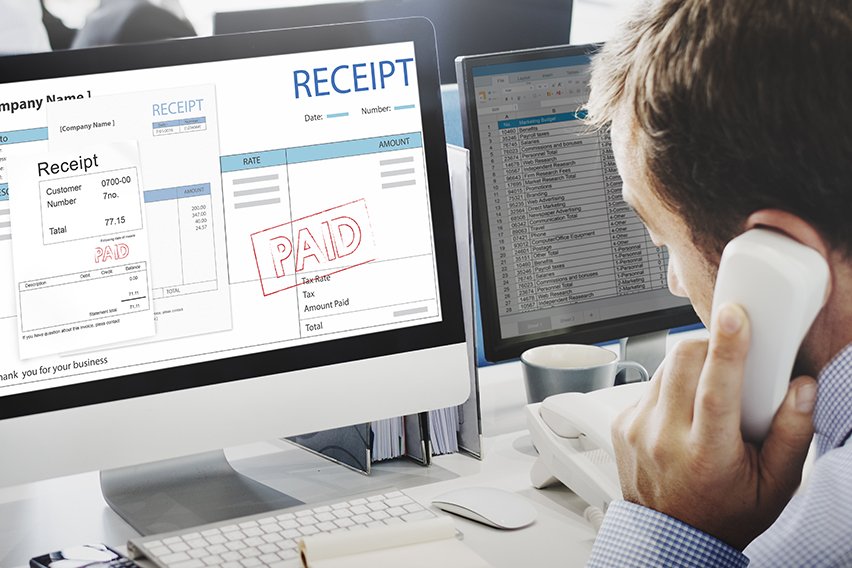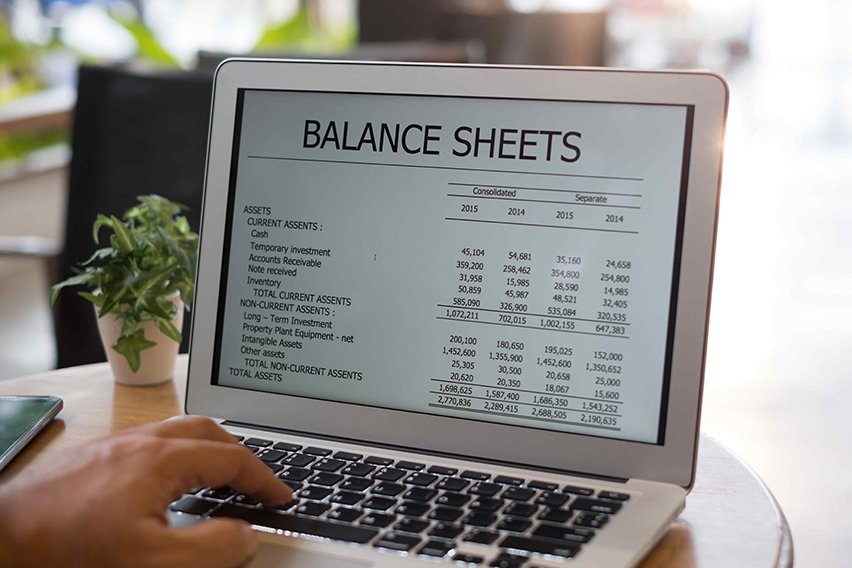How to Calculate Markup & Markup Percentage?

Markup is a central tenet of becoming a profitable, thriving business. This guide will help you master markup for a sustainable business!
As a business owner, calculating the markup on your services or products is vital. It’s how you actually make a decent profit margin on the work you do.
In theory, you can set any markup to your cost of goods or services, but there is a formula to it. That’s what we’ll discuss in today’s small business accounting guide.
In this article, we’ll cover:
How to Calculate Markup Percentage
What Is Markup?
Markup is the difference between the cost of goods or services and the sales price. In other words, to make a business sustainable, you sell your goods for more than they’re worth. You place a premium on them. That is the markup.
The calculation would be:
Sales price – Cost of Goods or Service = Markup
Now isn’t that similar to gross profit margin?
Similar but not the same.

Markup vs Gross Profit Margin
The difference between markup and profit margin is slight. It’s quite confusing and many experts use these terms interchangeably. However, they are quite different in intent and direction.
Gross profit margin is how much money the business makes after the product or service sells. It’s the percentage or monetary margin between the product selling price and the revenue. It’s typically less than the markup, but not always.
The markup is the premium added to the product cost or service before the sale. It’s the percentage increase on the product selling price on top of the COGS (cost of goods sold). Increasing your markup, in theory, increases your gross profit margin. But they aren’t the same.
Let’s look at an example:
A company sells a product for $125. It costs $100 to make.
The markup relates to the percentage increase in the cost of the good.
So in this case it would be (($125-100)/100)) x 100 = 25% markup
The gross profit margin relates to the percentage of revenue on the product.
So that would be (($125-100/125)) x 100 = 20% markup
Why Is Markup Important?
Markup is important because it keeps your business afloat! But more importantly, setting the right markup can influence how you are received on the market.
If the markup is too high, your customers may feel shortchanged by the eventual products.
However, if the markup is too low, you won’t have a sustainable business on your hands.
Below there is a guide to setting your own markup for your products or services. Remember that your pricing can evolve and change over time. What’s important is that your business is always in the black and not the red. Clear accounting software can help you track your income and expenditures to make sure your business activities are sustainable. If not, raise that markup to cover your expenses!
How to Calculate Markup
1. Know Your Industry
We can tell you right off the bat that the most common markup in business is 50%. And that may be a good starting point in understanding how much you can charge for your services. However, that base percentage can only get you so far. There are industry averages and market verticals to consider. Of course, you are welcome to stand out from the crowd and go your own way with pricing. But you may find it more complex to market yourself in an industry that operates very differently. For example, famously, the hospitality industry has very low markups on food and beverage services. It’s one of the great plights of the industry. However, clothing has huge markups on products.
2. Know Your Expenses
This is where you calculate your cost of goods. How much does it truly cost to deliver your service or product? This is more complex with services but think on a broader scale. Do you have fuel costs associated with your service? Internet? Rent? Employees? Factor these into your business expenses. Your service or products need to cover all this.
3. Define A Pricing Strategy
As mentioned before, you can go your own way with price setting. A good example is Apple vs Samsung. Even though the quality of Samsung devices is catching up to Apple, they still charge a premium. That is their pricing philosophy. If you have a discount brand, you may intentionally set your markup low to attract your dream clients and vice versa. Your ultimate retail price depends on your overall business strategy.

How to Calculate Markup Percentage
Let’s now put things into numbers. To calculate a markup percentage, you follow this formula
Markup percentage = ((Sales Price – Unit Cost)/Unit Cost) x 100
Remember that this is all about the difference in cost – not revenue. If you replace the dividing factor with the revenue, you’ll get the gross profit margin – not the markup.
Fortunately, we at FreshBooks have created a markup calculator that will take the guesswork out for you. Whether you already know your intended sales price or your intended percentage, our smart calculator will do the rest.
Key Takeaways
Markup is an important aspect of price setting and increasing your profit margin ratio. Creating a fair price for your goods or service is essential for long term success.
For more business accounting guides like this one, head to our resource hub!
RELATED ARTICLES

 Formula for Margin of Error: How To Calculate in Easy Steps
Formula for Margin of Error: How To Calculate in Easy Steps 6 Best Accounts Receivable Software for 2025
6 Best Accounts Receivable Software for 2025 What Is an Unclassified Balance Sheet?
What Is an Unclassified Balance Sheet? What is Negative Cash Flow & How to Manage It?
What is Negative Cash Flow & How to Manage It? What Is BAS (Basic Allowance for Subsistence)?
What Is BAS (Basic Allowance for Subsistence)? 4 Ways to Increase Accountability in the Workplace
4 Ways to Increase Accountability in the Workplace